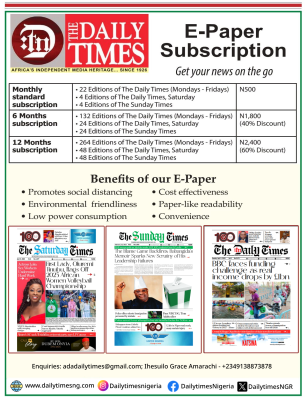The Future of Work: Remote Collaboration and Digital Evolution

Work has never been only about the workplace. People work together to create things, share ideas, solve issues, and make choices. There weren’t many other possibilities, so everything took place in the workplace.
Now there are. The transition to remote collaboration is about more than simply where work is done; it is also about how it is done and the technologies that make it possible. Coordination, communication, and preserving a feeling of common purpose are all significant problems, but they are not insurmountable.
And if the previous few years have taught us anything, it’s that individuals will find ways to collaborate regardless of the limits.
As businesses reconsider how their teams interact, there is a belief that working remotely is a disadvantage, that something fundamental is lost without physical presence. That assumption is incorrect. Teams have traditionally collaborated based on shared context rather than shared location.
Engineers already understand this. Open-source projects are produced by people who have never met in person, but they produce software that millions of people use. Distributed teams solve difficult challenges every day, collaborating across time zones, contributing to codebases asynchronously, and assessing each other’s work in more careful ways than in-office teams.
What makes remote work productive goes beyond video calls and chat software. These are just methods for simulating the sensation of being present. The real shift occurs when teams stop thinking of work as something that happens in meetings and instead treat collaboration as something that happens in the spaces between them.
Documentation suddenly becomes more important. Code reviews become more than a formality. Decisions must be written down, not mentioned in passing. This demands clarity.
People connect with purpose because they must, and this alone may make remote teams more productive than those who rely on the ease of casual hallway talks.
Asynchronous processes are more than simply an adjustment; they are a benefit. A well-documented pull request is frequently more beneficial than a hurriedly planned call. A well-written design document can avoid three needless meetings. Engineers working in separate time zones can effortlessly transfer duties provided the processes are well-structured.
The organizations that accomplish this right aren’t just reproducing the office online; they’re creating new methods of working that aren’t limited by physical location. They are building workplaces in which labor is assessed by outcomes rather than attendance.
Not everything about remote cooperation goes well. Context flipping is a serious problem. Too many notifications, threads, and open tabs may make work feel like a constant succession of interruptions. The solution is not better software, but greater discipline. Teams that flourish remotely don’t simply embrace new tools—they adopt new practices.
They learn to preserve deep work. They establish boundaries for availability. They make decisions without requiring everyone to be online at the same time. And they realize that being always connected does not imply being productive.
Despite all of the debates over whether remote work is long-term viable, the truth is that it is. The infrastructure exists. The cultural transformation is occurring. The talent pool is larger than ever. The true question is not whether remote work is the future, but how to improve it.
How to ensure that remote teams perform better than standard arrangements. How to guarantee that distant engineers, designers, and product managers are not just included in discussions, but also completely integrated into decision-making.
Companies will not control how labor evolves from here. Engineers are deciding how they want to work, where they want to live, and which teams they want to be a part of. Some may prefer in-office conditions, some will go completely remote, and many will fall somewhere in the middle.
What is evident is that remote collaboration is not a fad; rather, it represents a fundamental shift in how people develop together. The future of labor is not about location. It’s about intent, discipline, and a willingness to reimagine how things get done.
David Aniebo is a software engineer with an engineering background and a passion for building modern web applications, developer tools, and automation systems. He focuses on developing scalable, high-performance platforms that prioritize reliability, maintainability, and user experience.
With a thoughtful, systems-driven approach, David tackles complex technical challenges with clarity and precision. He is deeply committed to helping teams move faster and build better through smart tooling and streamlined workflows.







